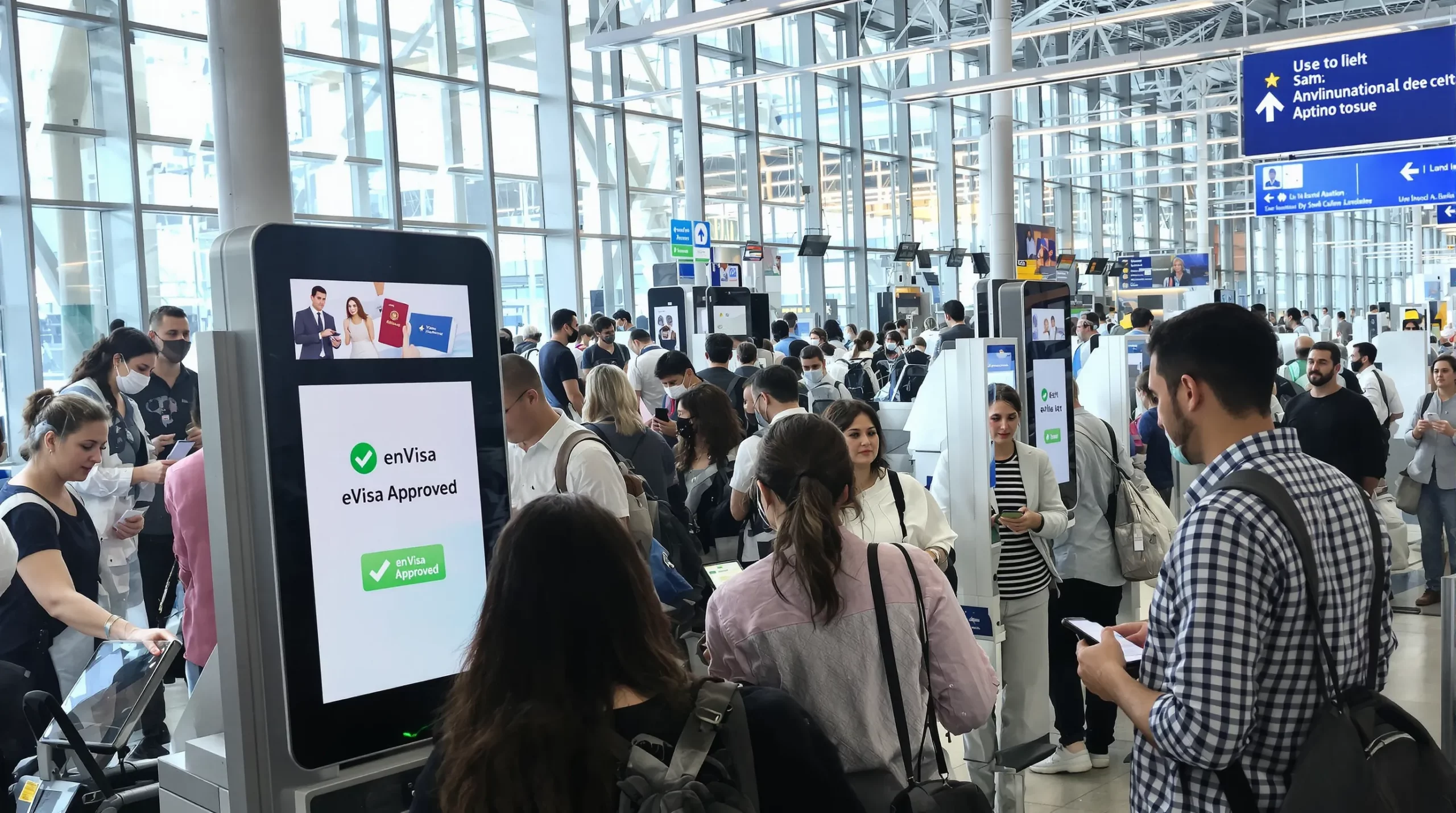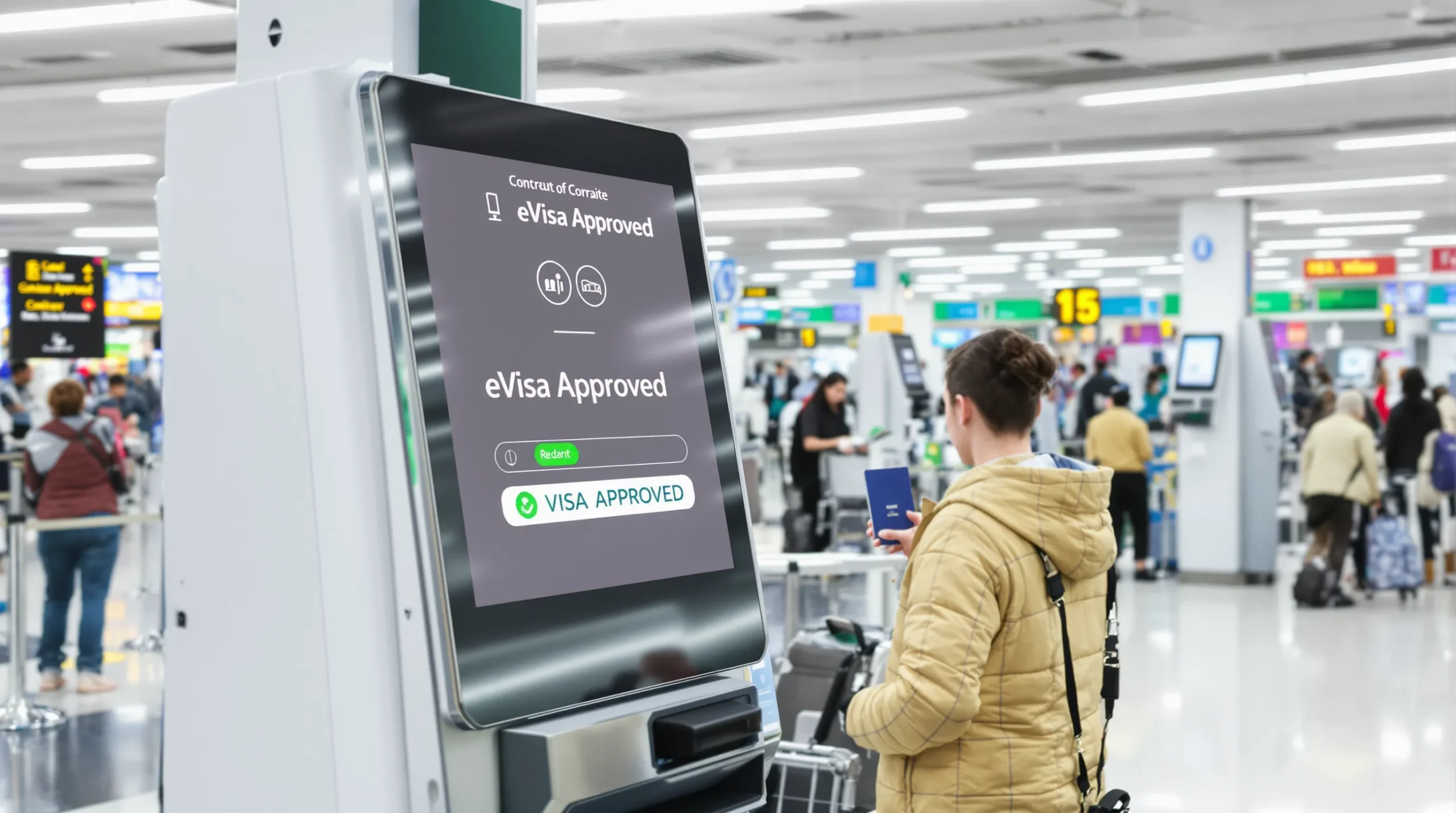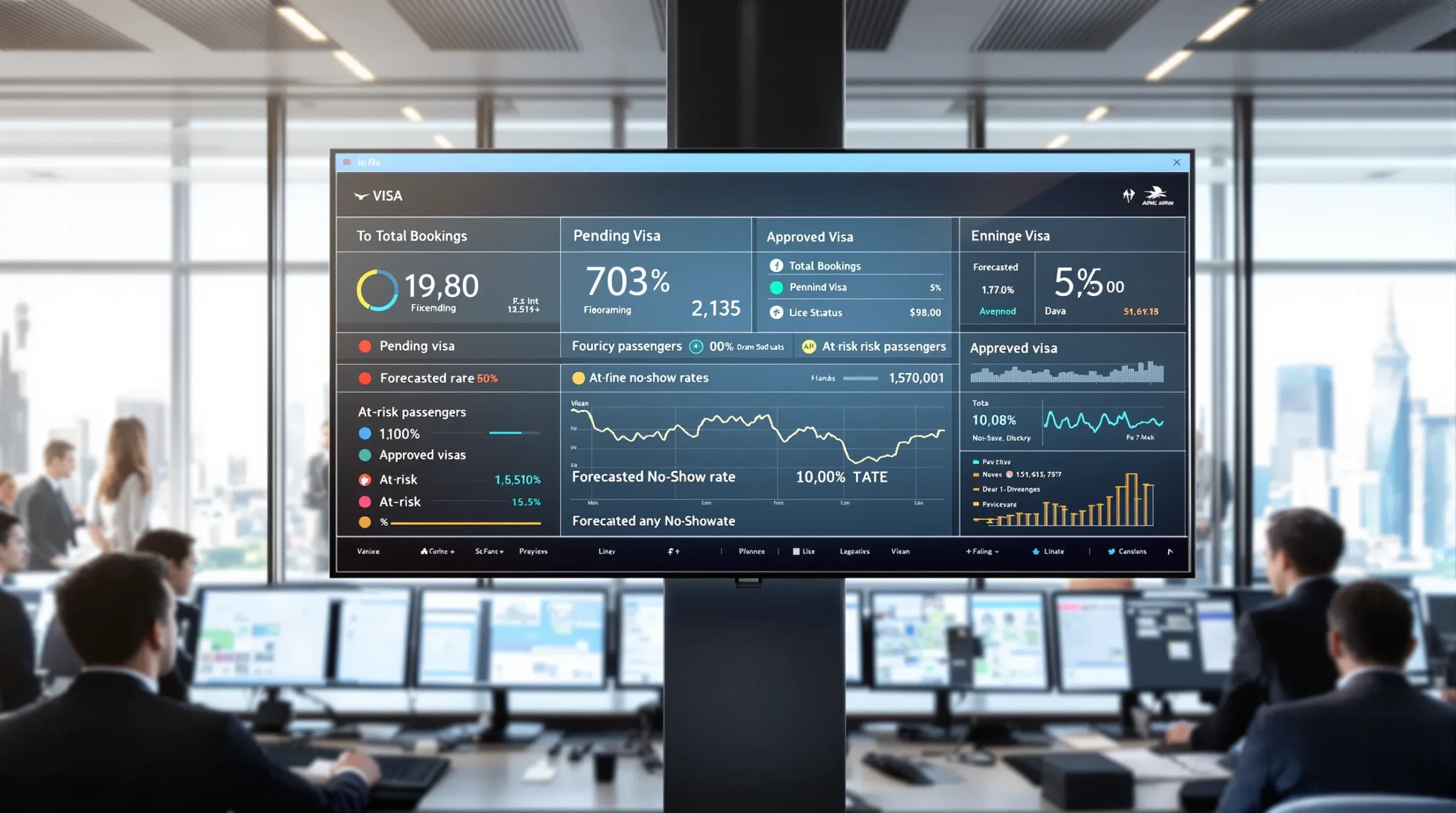How Airlines Can Use eVisa Data to Reduce No-Show Rates

Airlines around the world lose billions of dollars every year to passenger no-shows. While flexible re-booking policies and dynamic overbooking models mitigate part of the damage, empty seats still translate into lost revenue, operational inefficiency, and frustrated standby customers. One overlooked lever in this fight is travel document intelligence—specifically, real-time eVisa data.
In this article, we explore how access to accurate, up-to-date eVisa information can help airlines predict and prevent no-shows, streamline day-of-travel operations, and even open new ancillary revenue streams. We will also look at practical integration models, data privacy considerations, and success metrics used by industry leaders.
The No-Show Problem in Numbers
- According to the International Air Transport Association (IATA), global average no-show rates hover between 5 % and 15 % depending on route and season.
- For a single-aisle aircraft with 180 seats, a 7 % no-show rate means roughly 12 empty seats per flight. At an average yield of $250, that’s $3,000 in lost revenue every leg.
- Airlines typically overbook by 1–10 % to compensate, but inaccurate predictions lead to either denied boarding incidents (a customer-experience nightmare) or empty metal.
Visa-related issues are a major driver of last-minute cancellations and no-shows:
- Denied boarding at departure because the passenger’s visa was not approved or expired.
- Abortive voluntary cancellations when travelers realize too late that they cannot secure a visa in time.
- Visa anxiety causing travelers to book multiple speculative itineraries—then abandon the extras once a visa is confirmed.
Leveraging eVisa data can mitigate all three.
Why eVisa Data Is a Game Changer
Traditional visa checks happen at the airport counter, often minutes before departure. By moving visibility upstream—days or even weeks before travel—airlines gain a new predictive signal that is both reliable and dynamic.
Key properties of eVisa data:
- Digital-first: eVisas are issued electronically and can be queried via API, making automation feasible.
- Status granularity: Pending, approved, rejected, or expired states let airlines segment risk precisely.
- Timeliness: Many authorities update status changes in near real time.
- Coverage expansion: Over 60 % of international destinations now offer some form of eVisa or travel authorization, and the share is growing (ETIAS for Europe, K-ETA in Korea, ETA Sri Lanka, etc.).
Four Ways Airlines Can Use eVisa Data to Reduce No-Shows
1. Proactive Eligibility Checks During Booking
Integrate an eVisa API such as SimpleVisa directly in the booking path. As soon as a passenger selects origin, destination, and nationality, the system returns visa requirements and estimated processing times.
Benefits:
- Educated purchase decisions: Travelers unlikely to obtain a visa in time are less inclined to book speculative tickets.
- Improved completion rate: When applications are quick and embedded, genuine customers face less friction and are more likely to finalize their booking.
- Ancillary revenue: Airlines can earn a commission on every eVisa filed through the flow.
(For technical details, see our deep dive on How eVisa APIs work: Step by Step.)
2. Real-Time Visa Status Monitoring Pre-Departure
Once the ticket is issued, the PNR can be linked to the passenger’s eVisa application ID. With the traveler’s consent, status updates are streamed back to the airline:
- Pending → trigger automated reminders (“Your visa is still under review. Average approval time is 48 h. Need help? Click here.”)
- Approved → reassure the traveler and pre-validate travel documents in DCS.
- Rejected or No action 48 h before departure → flag the booking for re-marketing or controlled overbooking.
Results from SimpleVisa customer pilots in 2024 show a 19 % reduction in day-of-departure visa failures on routes to India, Kenya, and Vietnam.
3. Dynamic Overbooking Optimization
Historical no-show models rely heavily on seasonality, fare class, and passenger history. Adding visa-status probability scores gives revenue management teams a more granular risk profile. Low-risk PNRs (visa approved) and high-risk PNRs (no application, nearing deadline) can be weighted differently when setting oversell limits.
A flag carrier in the Middle East that fed SimpleVisa scores into its PROS RM suite reported:
- 0.6 ppt drop in denied boarding incidents quarter-over-quarter.
- $1.1 M incremental revenue from optimized seat allocation on long-haul services.
4. Day-of-Travel Fast Lanes and Automation
At the airport, eVisa validation can be performed digitally before the traveler reaches the counter.
- Self-service kiosks: Scan passport, retrieve eVisa data, print boarding pass.
- Mobile pre-clearance: Digital boarding passes only activate once visa status is marked “approved”.
- Biometric gates: Combine eVisa and biometric match for frictionless airside entry.
The result is shorter queues, fewer document surprises, and a smoother departure process—further discouraging traveler drop-off.

Implementation Blueprint
-
Data Partnership
- Choose a visa-data provider with global coverage and airline-grade uptime. SimpleVisa aggregates 200+ government sources and standardizes responses across formats.
-
API or No-Code Widget
- Full integration via REST/JSON for large carriers.
- Drop-in widget or white-label app for regional airlines without major IT resources.
-
Passenger Consent & Compliance
- Explicit opt-in during booking for data sharing.
- GDPR, CCPA, and industry standards compliance (IATA PCI DSS, ISO 27001).
-
Touchpoint Mapping
- Booking engine → Manage My Booking portal → Pre-departure emails/SMS → Departure Control System → Airport services.
-
KPIs and A/B Testing
- No-show rate delta on visa-dependent routes.
- Ancillary attachment rate (percentage of bookings that purchase eVisa via airline).
- Average queue time at check-in.
- Passenger Net Promoter Score.
Addressing Common Concerns
-
“Won’t displaying visa complexity scare customers away?”
Data shows the opposite. When travelers understand requirements early, they book with confidence. Conversion lifts range from 2 % to 6 % in markets with mandatory eVisas. -
Data Privacy & Security
All personal data remains encrypted end to end. Airlines receive only status metadata unless the traveler opts in for full document assistance. For a deeper look at security protocols, read How Secure is the Electronic Visa System?. -
IT Bandwidth
SimpleVisa’s no-code option embeds via a single JavaScript snippet and can go live in under a week, making it accessible even for lean digital teams.
Measuring ROI
Return on investment comes from three buckets:
- Recovered revenue: Fewer empty seats, fewer denied boardings, reduced compensation payouts.
- Ancillary revenue: Commission or markup on each successful visa application processed.
- Operational savings: Lower manual document-check workload and shorter airport dwell times.
A mid-size Asian LCC that implemented eVisa data in Q3 2024 saw:
- 7.8 % decrease in no-shows across nine routes.
- $420 K quarterly ancillary revenue from visa sales.
- 12 % reduction in average check-in transaction time.

Frequently Asked Questions (FAQ)
How accurate are eVisa status feeds?
Government portals vary, but SimpleVisa polls official sources every 15 minutes and reconciles discrepancies with machine-learning logic, achieving over 99 % status accuracy in production.
Can this system handle group bookings or corporate travel?
Yes. The API supports multiple traveler profiles in a single call, and corporate self-booking tools can pull status per passenger.
What about destinations that still use paper visas?
For purely paper-based regimes, the service shifts to eligibility guidance and document checklist generation. While real-time status is unavailable, proactive education still reduces last-minute cancellations.
Does monitoring visa status violate data protection laws?
No, provided you obtain clear consent and store data within certified environments. SimpleVisa’s platform is fully GDPR and PCI-DSS compliant.
How long does integration take?
API integration averages 4–6 weeks for a full-service carrier. The no-code widget can be deployed in as little as 5 days.
Ready to Turn Empty Seats into Revenue?
SimpleVisa already powers travel document automation on 400+ travel sites. Book a 30-minute demo to see how our eVisa intelligence platform can plug into your booking flow, predict no-shows, and unlock new ancillary revenue—no heavy IT lift required.
👉 Schedule a demo today and start filling those seats.